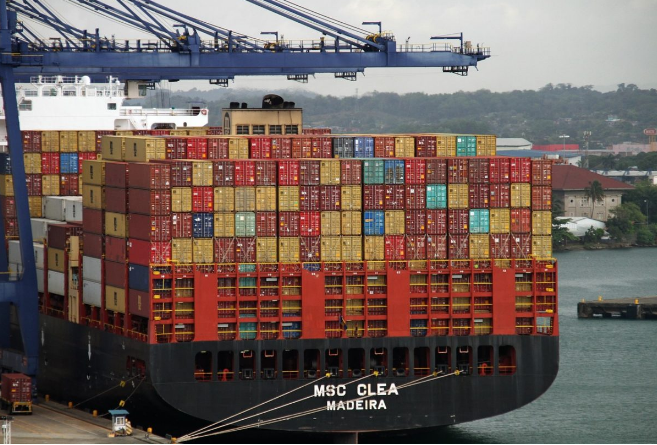The U.S. International Trade Commission (USITC) has determined that tariffs continue to be necessary for U.S. industry producing crystalline silicon PV cells.
All five commissioners determined that so-called Section 201 “safeguard” tariffs continue to be necessary to “prevent or remedy serious injury to the U.S. industry,” and that evidence exists that the domestic industry is “making a positive adjustment” to import competition.
The USITC will forward its report on its investigation and determination to President Joe Biden by December 8. The president will make the final decision on whether to extend the import relief.
Chair Jason E. Kearns, Vice Chair Randolph J. Stayin, and Commissioners David S. Johanson, Rhonda K. Schmidtlein, and Amy A. Karpel all voted in the affirmative.
Solar Energy Industries Association (SEIA) president and CEO Abigail Ross Hopper said in a statement, “Four years of tariffs has proven to be an ineffective way to incentivize solar manufacturing and create American jobs.”
She said that a new round of Trump-era safeguard tariffs “will hamper U.S. solar development.” SEIA has argued that under the Section 201 tariffs, the U.S. lost out on 62,000 solar jobs, including a net-loss of 6,000 solar manufacturing jobs.
In a guest column for pv magazine earlier in November, Brian Lynch, director of solar sales for LG Electronics USA wrote, that opposition to the tariffs in 2018 highlighted the possibility for project cancellations and lost jobs if the tariffs were to be imposed. He wrote that at a macro level, “the solar industry has exceeded every forecast during the period of the tariffs in every category— from megawatts deployed to jobs created.” Lynch offered formal testimony to the USITC at its November 3 hearing on the extension.
Lynch said that enough U.S. manufacturing capacity existed (or was in the pipeline) to support roughly one-third of installer demand, writing that “a lot of this capacity was brought online since the Section 201 tariffs went into effect and a lot more has been announced.”
George Hershman, CEO of SOLV Energy, a utility-scale solar installer, said the USITC’s decision “will come at the cost of American jobs and the President’s clean energy goals. Solar tariffs create more barriers to the deployment of renewables and lead to higher costs for consumers, stifling the transformation of our energy landscape.”
He called on Biden to end “all unnecessary tariffs” on the solar industry and work with Congress to support a long-term manufacturing policy for the solar supply chain.
At the beginning of August, two manufacturers, Suniva and Auxin Solar, filed a petition asking the USITC to investigate extending the Section 201 (s201) tariffs for another four years. Three days later a second petition was filed by Hanwha Q Cells, LG Electronics, and Mission Solar, which also included an ask that the Tariff Rate Quota (TRQ) be increased to 5 GW (from the current 2.5 GW).
The s201 tariff is imposed on all solar modules imported into the U.S. that don’t meet exemption status as published in the Federal Register. The current s201 tariff is 18% and, if the tariff is not extended, would drop to 0% in February 2022.
Under trade law, if the USITC grants an extension of the s201 tariff it will last no longer than four years and cannot be extended again. The rate must also drop annually.
Expectations are that module prices likely will not go up as a result of the s201 tariffs being extended, as the tariff rates cannot increase from their current levels.
The Commission’s public report Crystalline Silicon Photovoltaic Cells, Whether or Not Partially or Fully Assembled into Other Products, (Inv. No. TA-201-075 (Extension), USITC Publication 5206, December 2021) will include the Commission’s findings and is expected to be available in late December.
This story was updated November 24 to include details on the Commission vote and additional comments on the decision.






